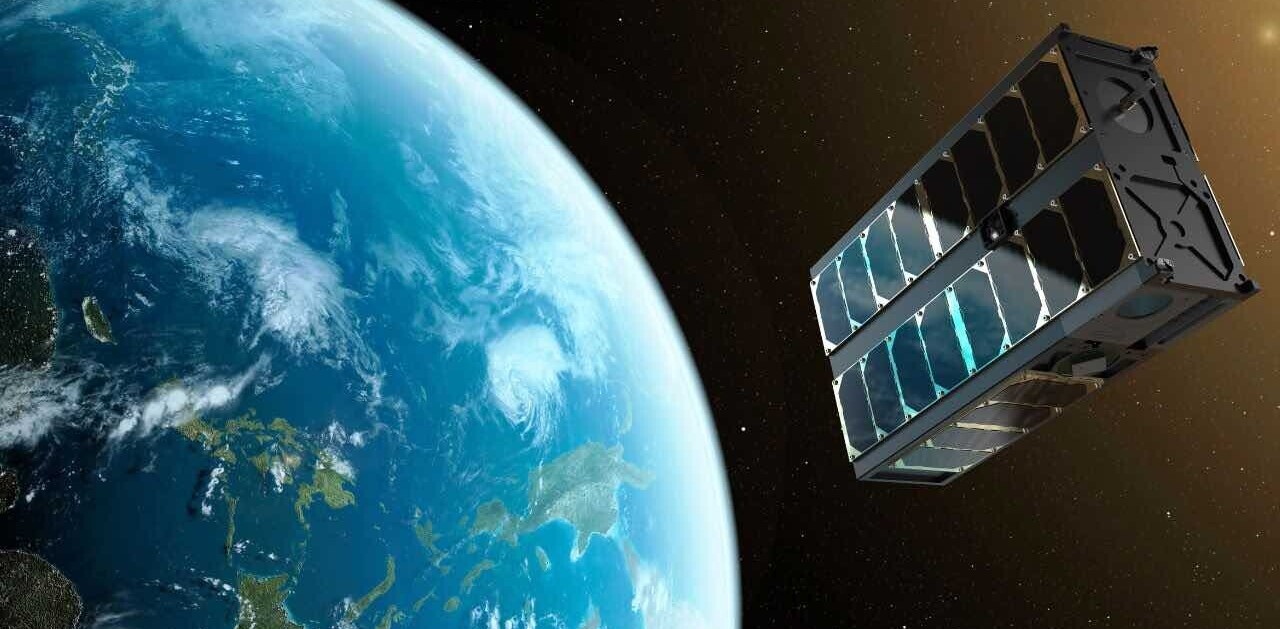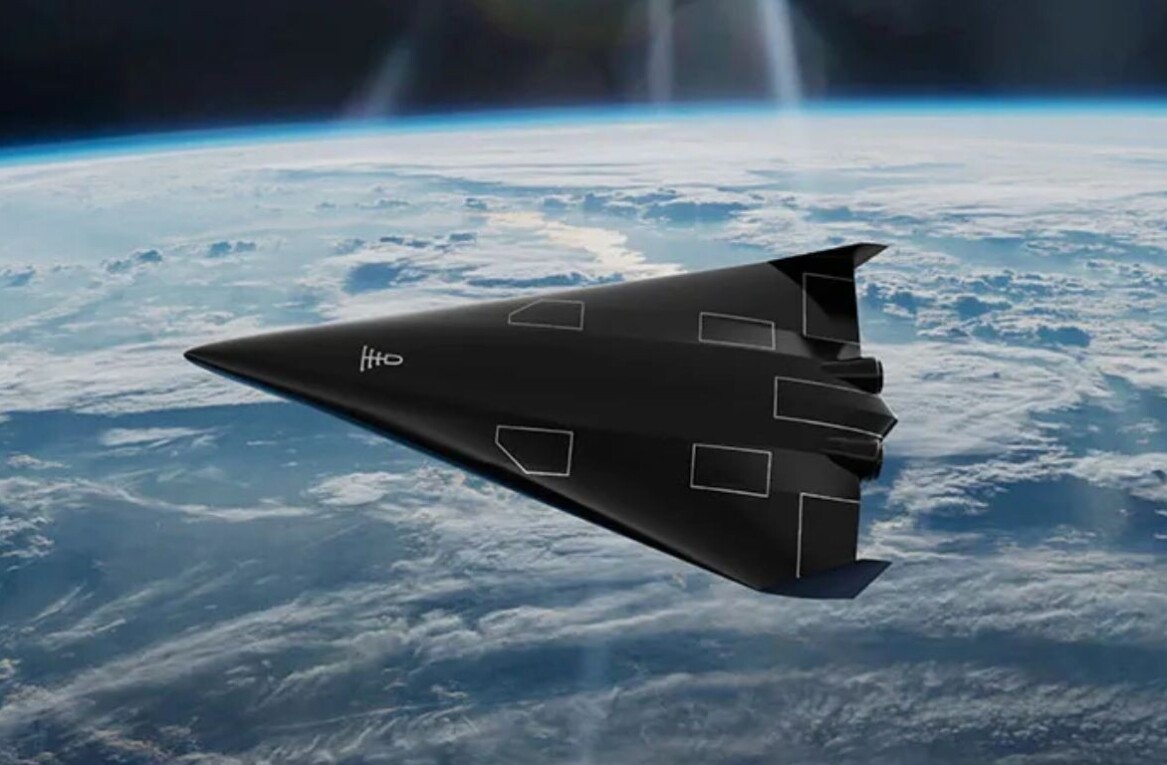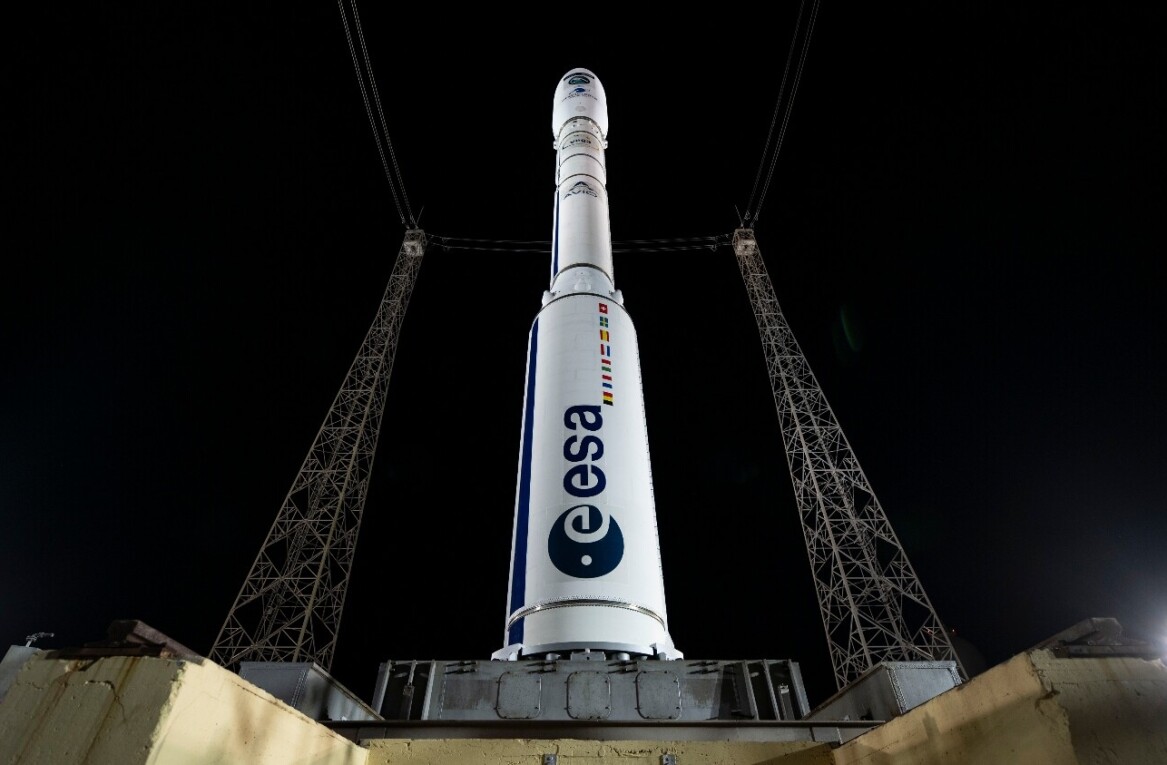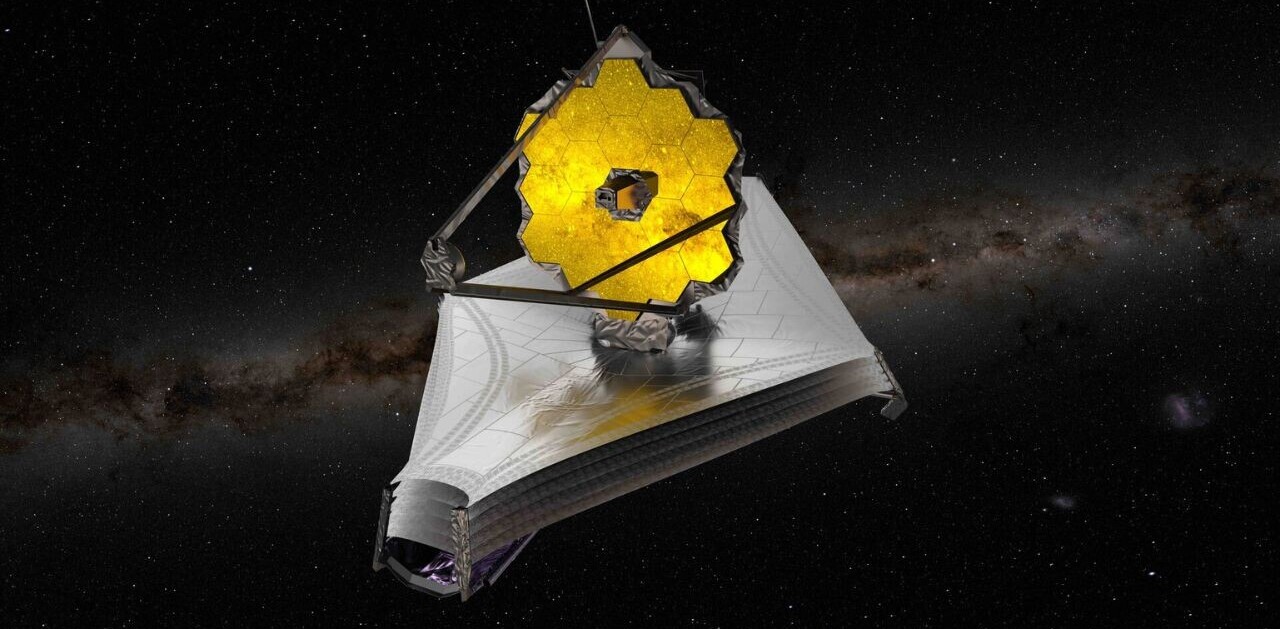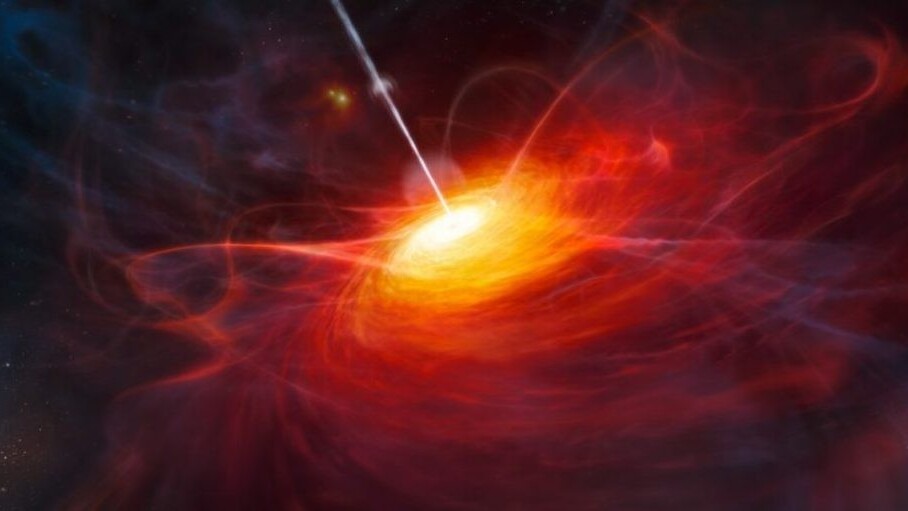
A team of researchers recently pioneered the world’s first AI universe simulator. It’s fast; it’s accurate; and its creators are baffled by its ability to understand things about the cosmos that it shouldn’t.
Scientists have used computer simulations to try and digitally reverse-engineer the origin and evolution of our universe for decades. The best traditional methods using modern technology take minutes and produce okay results. The world’s first AI universe simulator on the other hand, produces results with far greater accuracy in just milliseconds.
According to the team’s paper:
Here, we build a deep neural network to predict structure formation of the Universe. It outperforms the traditional fast-analytical approximation and accurately extrapolates far beyond its training data.
This is a fancy way of saying that it not only does what its developers built it to do – simulate the evolution of the universe under different gravitational conditions – it produces accurate results for variables it wasn’t trained on. For example, one particular parameter the simulation reported on that surprised the scientists was the amount of dark matter in the universe.
The team didn’t train the system, called Deep Density Displacement Model (D3M), on data with varying amounts of dark matter, yet the AI inexplicably (and, according to the research, accurately) changed those values based on inferences from the ones it was trained on.
As Shirley Ho, a coauthor on the team’s researcher paper told Phys.Org:
It’s like teaching image recognition software with lots of pictures of cats and dogs, but then it’s able to recognize elephants. Nobody knows how it does this, and it’s a great mystery to be solved.
The simulator itself, aside from further demonstrating the Mercurial and unpredictable nature of black box AI and deep learning, has the potential to help astrophysicists and researchers fill in some of the blanks in our comsos’ backstory.
Our universe is a strange and mostly unknown place. Humanity is just beginning to set our sights beyond observable space to determine what’s out there and how it all ended up the way it is. Artificial intelligence can help us make sense of exactly how the billions upon billions of variables affecting the evolution of our universe play into the emergence of stars, planets, and even life itself.
The AI was developed by lead author on the team’s research paper Suyi He from the Flatiron Institute and Carnegie Mellon University, along with coauthors Yin Li from UC Berkeley, and the Kavli Institute, Yu Feng from UC Berkeley, Shirley Ho from the Flatiron Institute and Carnegie Mellon Univesity, Wei Chen from the Flatiron Institute, Siamak Ravanbakhsh of the University of British Columbia in Vancouver, and Barnabás Póczos of Carnegie Mellon University.
Read next: Life can theoretically exist in a 2D universe
H/t: Phys.org
Get the TNW newsletter
Get the most important tech news in your inbox each week.
